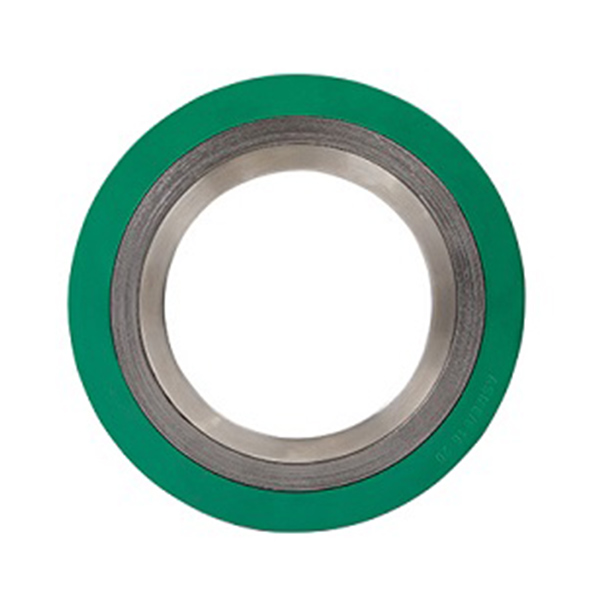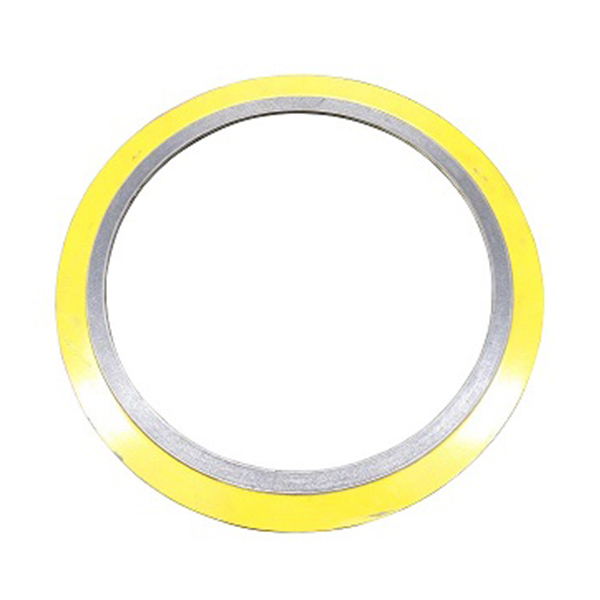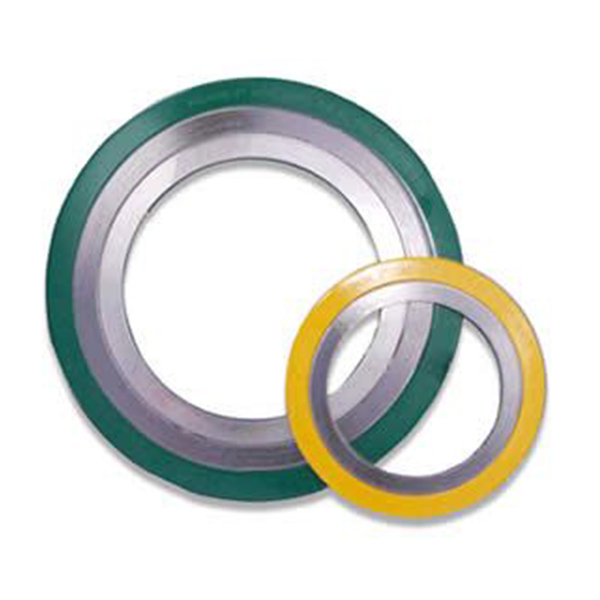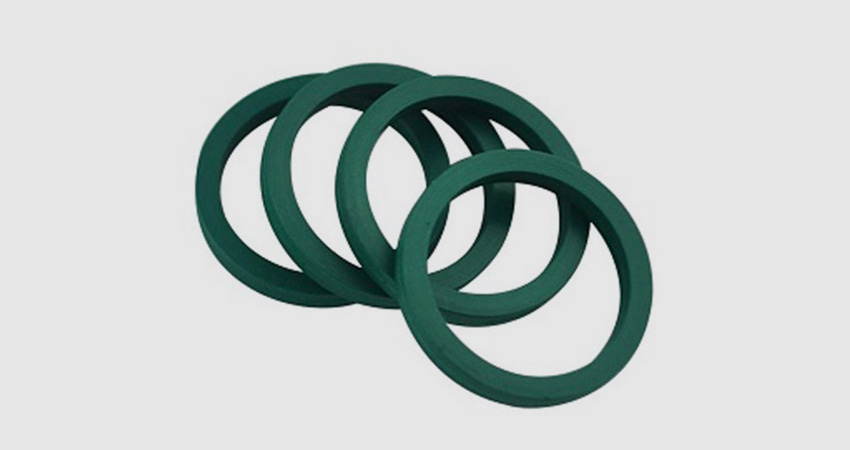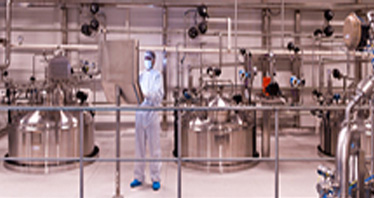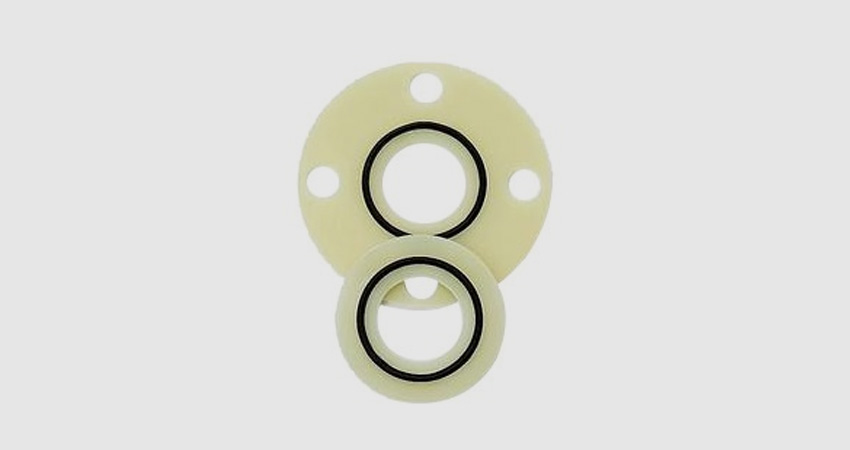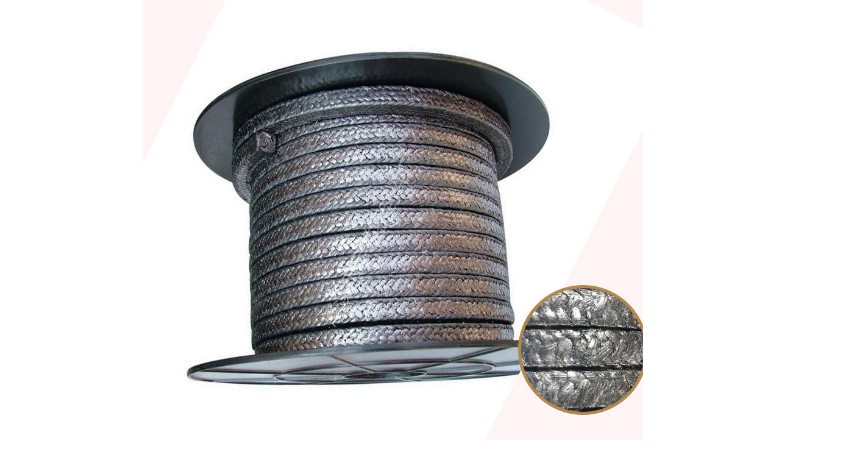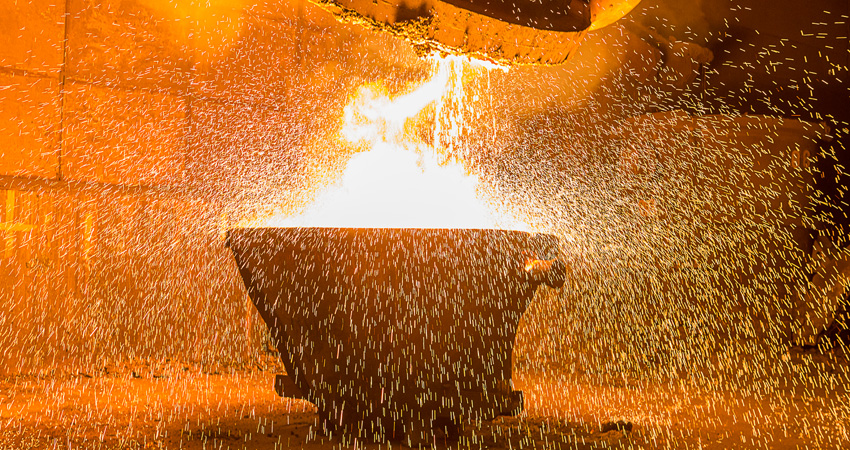Rubber Gaskets
What Are Rubber Gaskets?
Rubber gaskets are mechanical seals designed to fill the space between two mating surfaces, preventing leakage, absorbing shock, and providing insulation in various applications. These components are essential in industries ranging from automotive and aerospace to plumbing and manufacturing. Made from elastomeric materials, rubber gaskets offer flexibility, durability, and resistance to environmental factors such as temperature, pressure, and chemicals.
Key Product Parameters
Our rubber gaskets are manufactured to meet stringent quality standards, ensuring reliable performance in diverse conditions. Below are the detailed specifications presented in lists and tables for clarity.
Material Types
- Nitrile Rubber (NBR) - Excellent oil and fuel resistance, ideal for automotive and industrial use.
- EPDM (Ethylene Propylene Diene Monomer) - Superior weather and ozone resistance, suitable for outdoor applications.
- Silicone Rubber - High-temperature stability, commonly used in food and medical industries.
- Neoprene - Good resistance to oils, acids, and weathering, often used in refrigeration and construction.
- Fluoroelastomer (FKM/Viton) - Exceptional chemical and heat resistance, perfect for harsh environments.
Physical Properties
| Property | Value Range | Testing Standard |
|---|---|---|
| Hardness (Shore A) | 40 to 90 | ASTM D2240 |
| Tensile Strength | 10 to 25 MPa | ASTM D412 |
| Elongation at Break | 100% to 500% | ASTM D412 |
| Temperature Range | -60°C to 300°C | ASTM D1329 |
| Compression Set | 10% to 30% | ASTM D395 |
Standard Sizes and Dimensions
| Inner Diameter (mm) | Outer Diameter (mm) | Thickness (mm) | Application |
|---|---|---|---|
| 5 | 10 | 2 | Small seals, electronics |
| 20 | 30 | 3 | Plumbing fittings |
| 50 | 60 | 5 | Automotive engines |
| 100 | 110 | 6 | Industrial machinery |
Applications of Rubber Gaskets
Rubber gaskets are versatile and used in numerous sectors. In the automotive industry, they seal engines and transmissions to prevent fluid leaks. In construction, they provide weatherproofing for windows and doors. The food processing industry relies on food-grade silicone gaskets for hygiene and temperature resistance. Additionally, they are critical in aerospace for sealing fuel systems and in electronics for insulating components from moisture and dust.
Frequently Asked Questions (FAQ)
What factors should I consider when selecting a rubber gasket?
Consider the application environment, including temperature extremes, pressure levels, chemical exposure, and required compliance standards. Material choice is crucial; for instance, use EPDM for outdoor weather resistance or FKM for high chemical resistance. Always check dimensions and hardness to ensure proper fit and performance.
How do I install a rubber gasket correctly?
Clean the mating surfaces thoroughly to remove dirt and old residue. Apply a suitable adhesive if needed, then position the gasket evenly without stretching. Tighten bolts or fasteners in a cross pattern to distribute pressure uniformly, avoiding over-tightening which can cause deformation.
What is the typical lifespan of a rubber gasket?
The lifespan varies based on material and conditions. Under normal temperatures and pressures, high-quality gaskets can last 5-10 years. Harsh environments with extreme heat, chemicals, or constant movement may reduce this to 1-3 years. Regular inspection and maintenance help extend longevity.
Can rubber gaskets be customized for specific needs?
Yes, we offer customization options for shape, size, material, and properties such as hardness or color. Provide detailed specifications or samples, and our engineering team can produce gaskets tailored to your unique requirements, ensuring optimal performance.
How do I maintain and store rubber gaskets?
Store gaskets in a cool, dry place away from direct sunlight, ozone, and chemicals to prevent degradation. Avoid bending or compressing them during storage. For maintenance, inspect periodically for signs of wear, cracking, or compression set, and replace as needed to prevent failures.
Are there eco-friendly or food-grade rubber gasket options?
Absolutely. Silicone and EPDM gaskets are available in food-grade versions compliant with FDA and EU regulations. These are free from harmful substances and suitable for food processing, pharmaceuticals, and drinking water applications. We also offer recyclable and sustainable material choices upon request.
- View as

FKM Viton Rubber Gasket Washers
Silicon Rubber Tri-clamp Santary Gasket

PTFE Tri Clamp Screen Sanitary Gasket with SS 316 mesh

EPDM Tri Clamp Screen Sanitary Gasket

PTFE Tri-Clamp Sanitary Gasket



